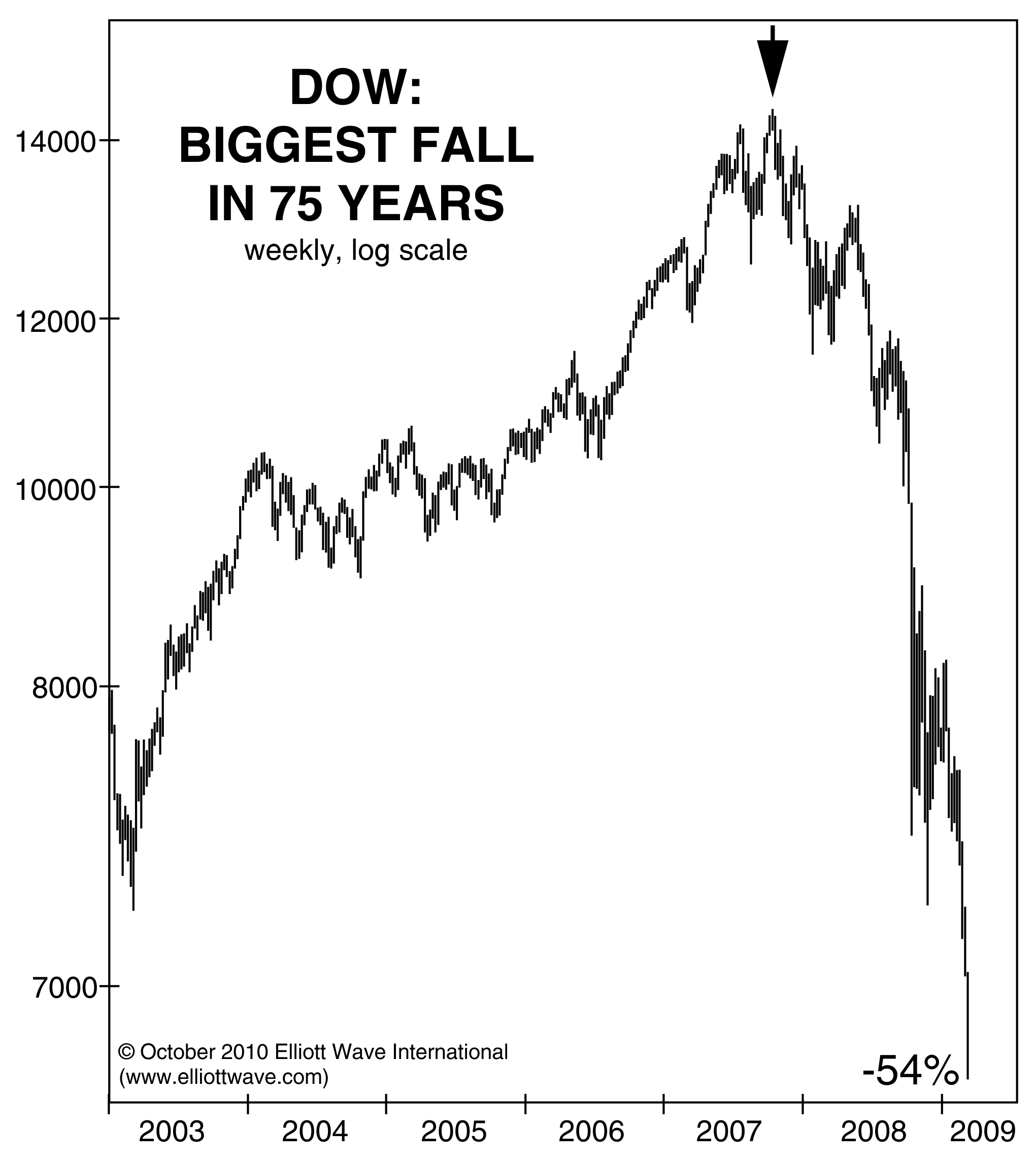Stocks: Possible Replay of an Ominous Price Pattern
“I became panicky and covered at a considerable loss…”
The reason price patterns tend to repeat in the stock market is that investor psychology never changes.
The Elliott wave model directly reflects these largely predictable swings in investor psychology. That’s what the Elliott wave principle is all about.
One of those price moves which has historically fooled investors is the first big rally in a bear market.
These rallies are characterized by an “aggressive euphoria,” as Frost & Prechter’s Wall Street classic book, Elliott Wave Principle: Key to Market Behavior, states.
Why? Because many investors are convinced that the bull market is back.
In Robert Rhea’s 1934 book, The Story of the Averages, he described what was going on regarding the rally in the early months of 1930:
I became panicky and covered [my short position] at a considerable loss. … Nearly everyone was proclaiming a new bull market. Services were extremely bullish.
As you know, the 1929-1932 bear market turned out to be brutal.
A more recent example is what took place during the 2007-2009 bear market. This chart is from a past Elliott Wave Theorist, a monthly publication which covers major financial and cultural trends:

The black arrow indicates the October 2007 top. After the initial leg down, notice that sizeable rally around March 2008. A lot of investors plowed a lot of money into the market at precisely the wrong time. As you can see, the worst of the 2007-2009 bear market was ahead.
These two historic examples of bear market rallies do not mean that we’re on the verge of an exact replica.
But we do see striking similarities between those periods of price history and how the market is behaving here in 2023.
Those similarities include the stock market’s Elliott wave pattern. Frost & Prechter’s Elliott Wave Principle: Key to Market Behavior was referenced earlier. Here’s another quote from this definitive text on the Wave Principle:
Without Elliott, there appear to be an infinite number of possibilities for market action. What the Wave Principle provides is a means of first limiting the possibilities and then ordering the relative probabilities of possible future market paths. Elliott’s highly specific rules reduce the number of valid alternatives to a minimum. Among those, the best interpretation, sometimes called the “preferred count,” is the one that satisfies the largest number of guidelines. Other interpretations are ordered accordingly.
If you’d like to read the entire online version of the book, you may do so for free once you become a member of Club EWI, the world’s largest Elliott wave educational community.
A Club EWI membership is also free and allows for free access to a wealth of Elliott wave resources on investing and trading.
Join Club EWI now by following this link: Elliott Wave Principle: Key to Market Behavior.